15 Must-Know Terms Every Handbag Collector Should Learn
Collecting handbags comes with its own set of terms that can feel confusing at first. Knowing these words makes it easier to understand what sellers, collectors, and brands are talking about. From leather finishes to common bag styles, here are some key terms that every handbag lover should know.
This post may contain affiliate links, which helps keep this content free. Please read our disclosure for more info.
Patina
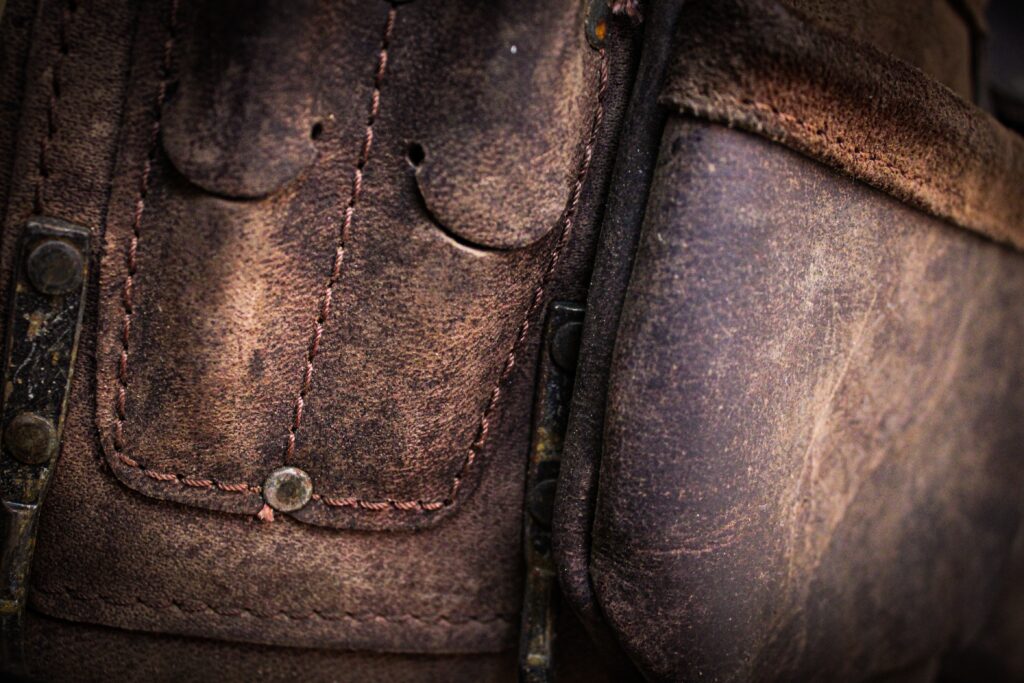
Patina refers to the natural darkening and sheen that develops on certain types of leather over time, especially untreated leather like vachetta. Collectors often look for this change since it adds a unique character to each bag. The color shift happens from exposure to light, air, and even the oils from your hands.
Some collectors prefer a lighter, fresher look, while others appreciate the warmth of a well-developed patina. It’s considered part of the bag’s life story, making each piece different. For luxury houses like Louis Vuitton, the patina is almost a signature feature of their bags.
Vachetta
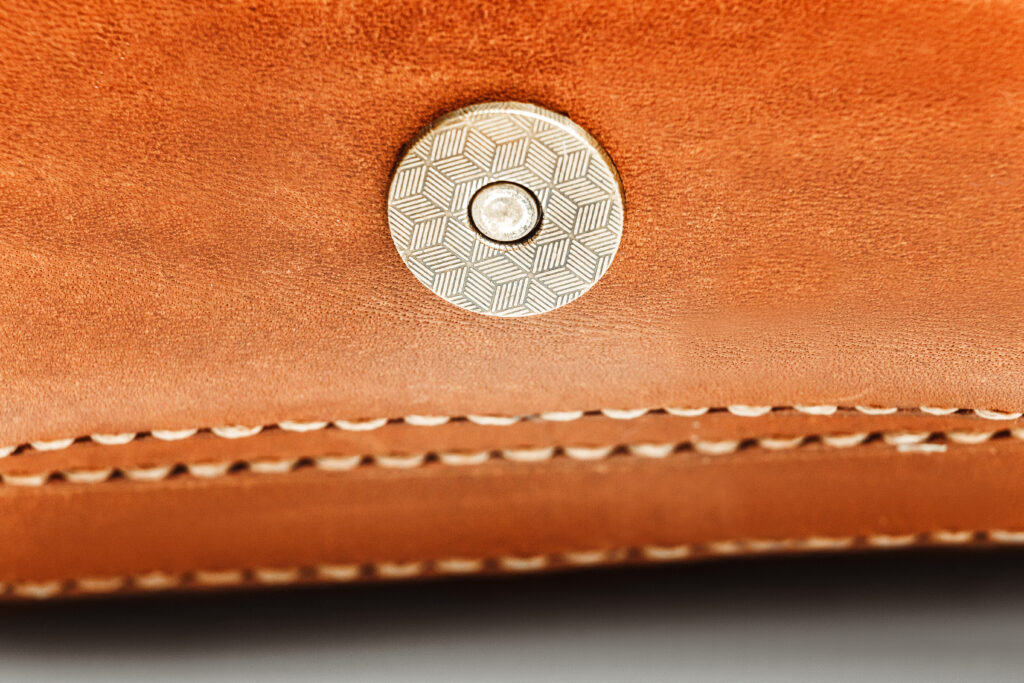
Vachetta is untreated, vegetable-tanned cowhide leather that starts pale beige but gradually darkens to a honey brown. This leather is highly sensitive to moisture, which is why water spots or oils from handling can quickly change its surface. Its raw, natural state is what makes it so prized among collectors.
Because of its delicate finish, vachetta requires special care. Many buyers are careful about handling new bags with vachetta to avoid uneven marks. Over time, though, this material gains a soft richness that is considered both beautiful and authentic.
Grain
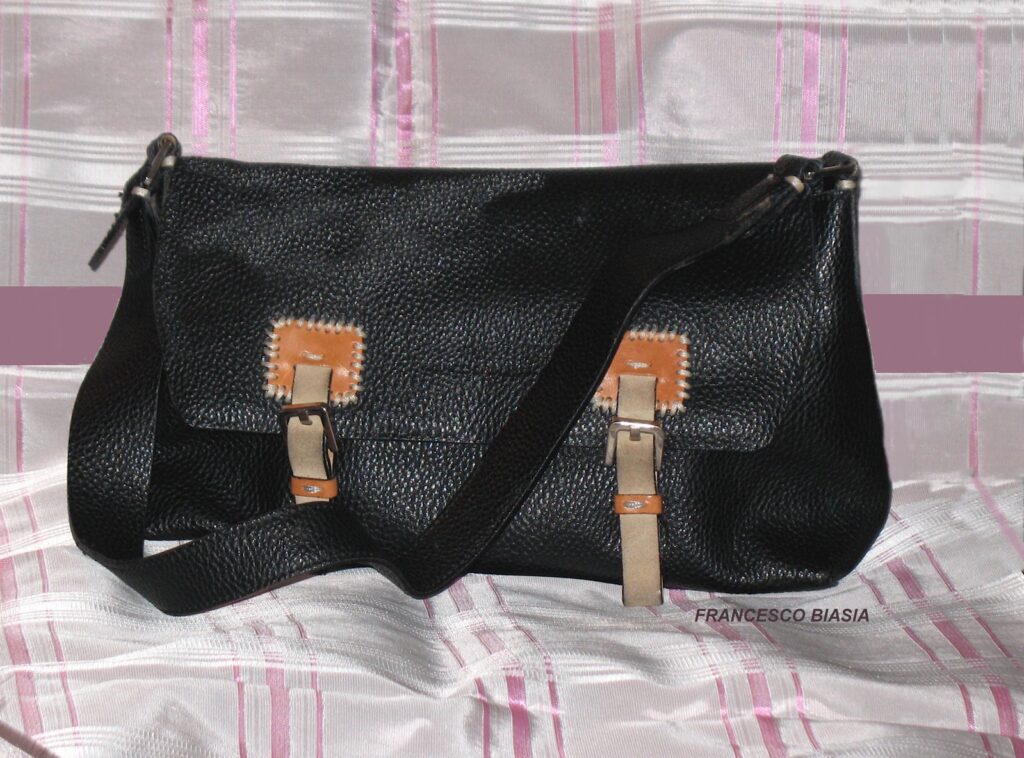
Grain describes the texture or pattern on the surface of leather. For example, pebbled grain has a raised, bumpy feel, while saffiano grain shows a cross-hatched pattern. The type of grain affects not only appearance but also durability.
Collectors often associate certain grains with specific fashion houses. Pebbled leather, for instance, is known for its scratch resistance, while saffiano has a structured feel that holds its shape well. Smooth grain, although elegant, tends to show wear more easily.
Hardware
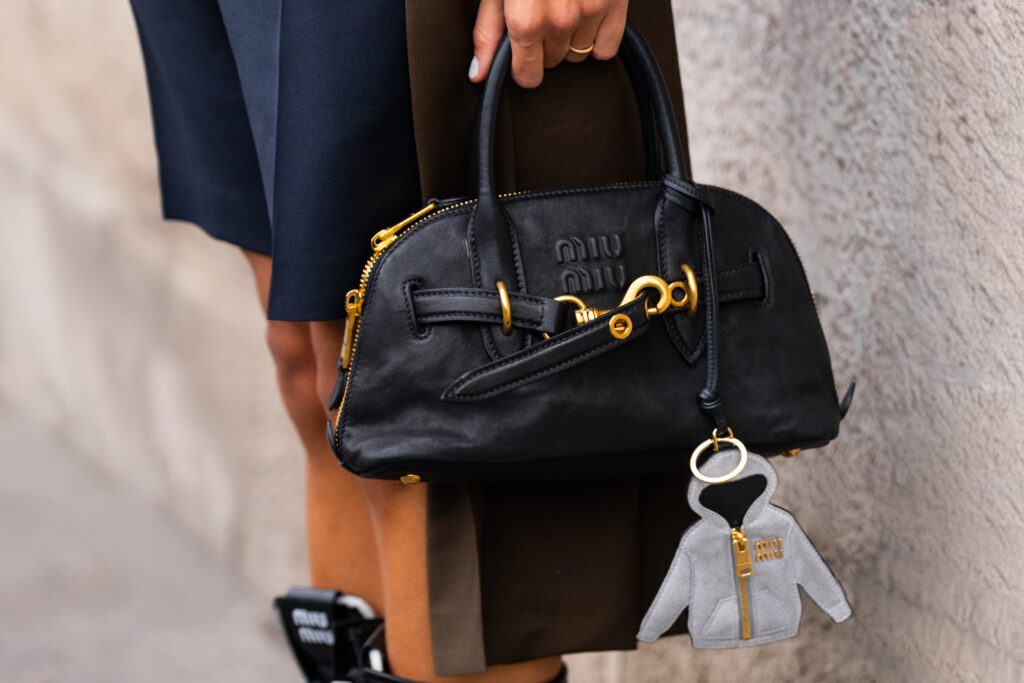
Hardware refers to the metal details on a bag, including zippers, clasps, locks, and studs. These components are more than just functional—they often carry branding, logos, or signature designs. Gold-tone, silver-tone, and even brushed finishes can set the style of the bag apart.
Condition of hardware plays a big role in resale value. Scratched or tarnished pieces can lower desirability, while gleaming hardware gives the bag a polished look. Some collectors even recognize brands by the unique design of their locks or clasps.
Top Handle
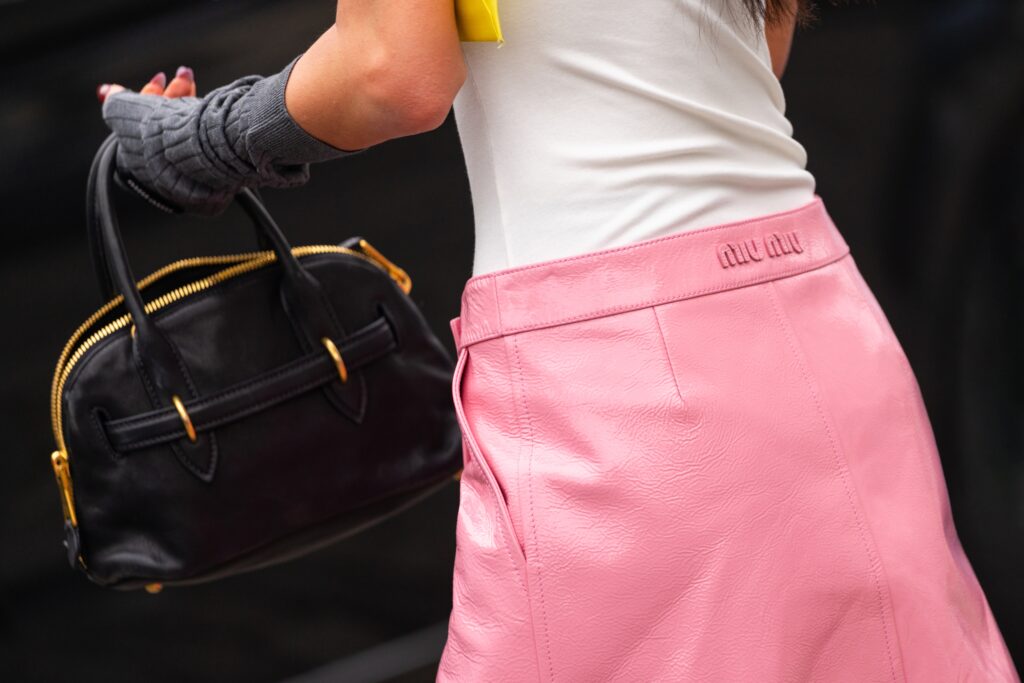
A top handle bag is designed to be carried by a structured handle at the top rather than slung over the shoulder. This style conveys a classic, elegant look and has been a favorite in fashion for decades. Many iconic designs fall into this category.
Collectors often view top handle bags as statement pieces. They work well for formal settings but can also complement casual outfits with a vintage flair. Because of their structured design, they tend to maintain their shape over years of use.
Crossbody

A crossbody bag features a long strap designed to be worn across the torso. This style is popular for its convenience, leaving both hands free. Crossbodies range from small, compact bags to larger designs.
Collectors appreciate crossbody bags for their practicality as well as their timeless style. They are often seen as a staple in any handbag collection. Many brands offer adjustable straps, allowing wearers to switch between shoulder and crossbody carrying.
Satchel
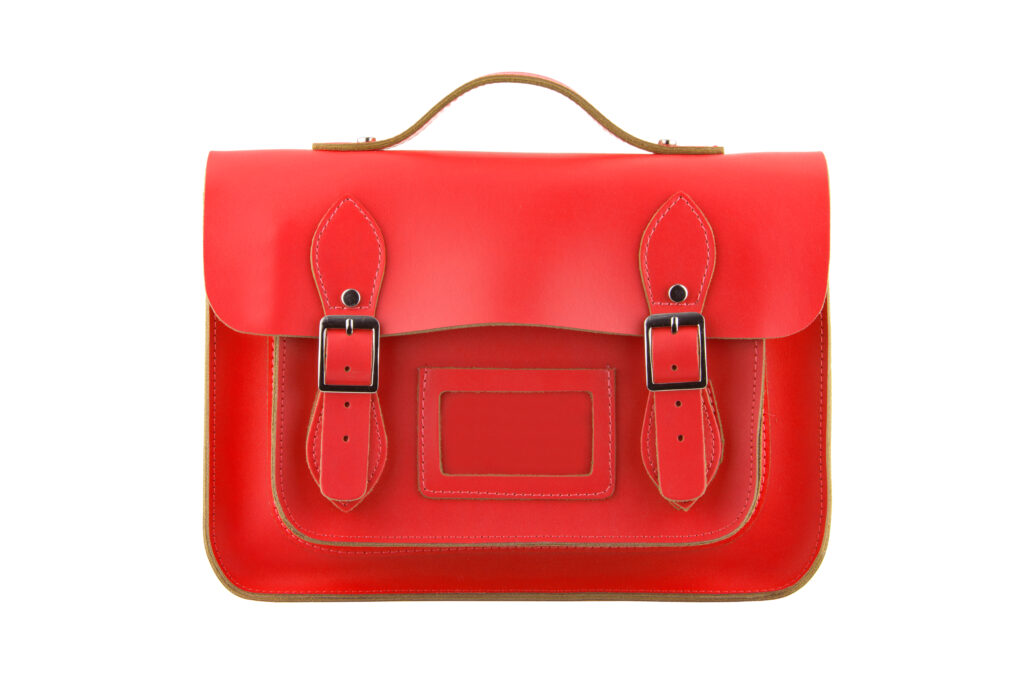
Satchels are structured handbags that typically feature a top handle and sometimes a shoulder strap. They are often boxy in shape, offering both elegance and functionality. This style can range from medium-sized everyday bags to larger work-friendly options.
They can be both professional and stylish, easily transitioning from office to casual wear. Collectors often gravitate toward satchels because of their versatility. The structured build also means they hold up well over time.
Tote
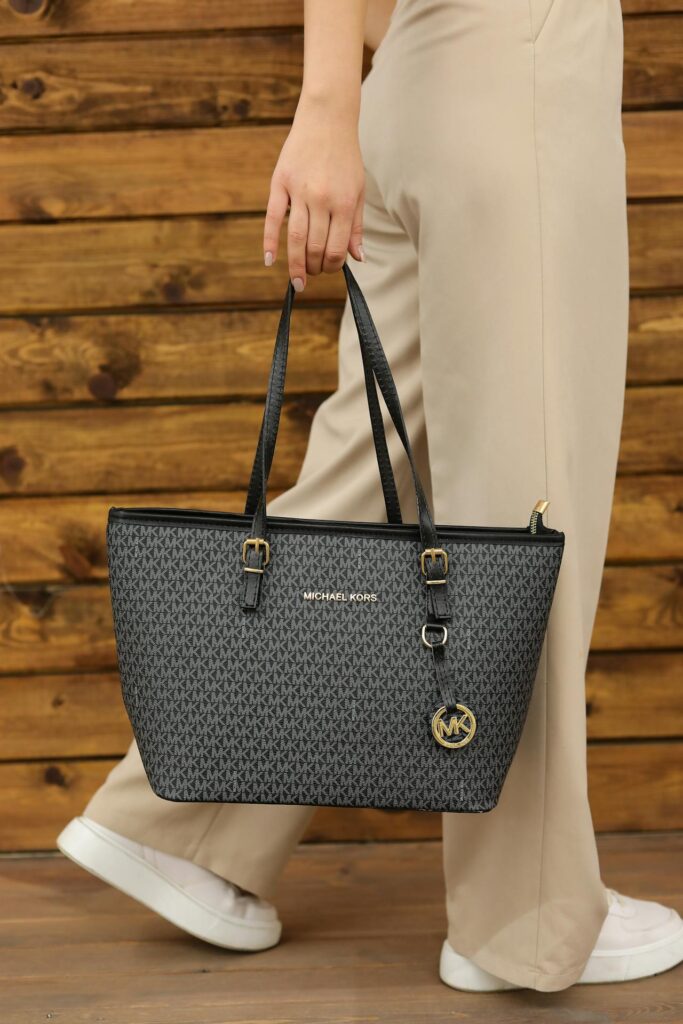
A tote bag is large and open with parallel handles, usually meant for carrying multiple items. It’s one of the most practical handbag styles, often used for shopping, work, or travel. Some totes include interior compartments, while others rely on their roomy, unstructured design.
Collectors often admire totes from luxury houses like Goyard, Louis Vuitton, or Hermès. These designs combine functionality with brand recognition, making them highly collectible. The best totes balance durability with elegance, appealing to both casual and high-fashion users.
Flap Bag
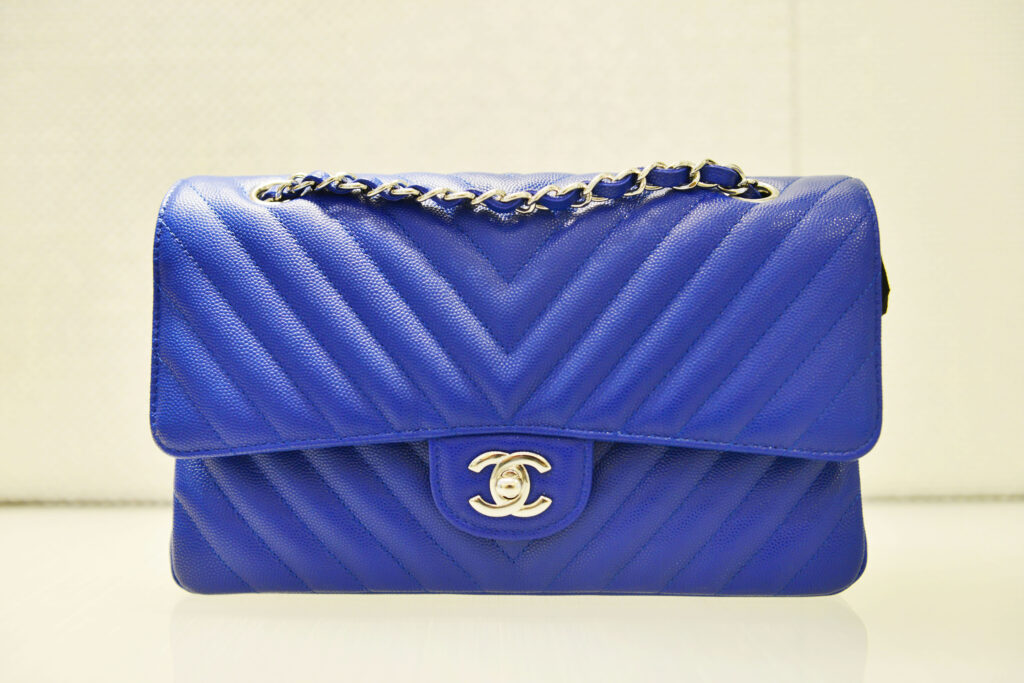
A flap bag has a front flap that folds over the main compartment, often secured with a lock or magnetic closure. Chanel’s classic flap is the most famous example of this style. The design blends elegance with secure storage.
Collectors prize flap bags because of their timeless silhouette. They are versatile enough to be worn casually or for special occasions. Many are produced in various sizes, offering something for every collector’s preference.
Clutch
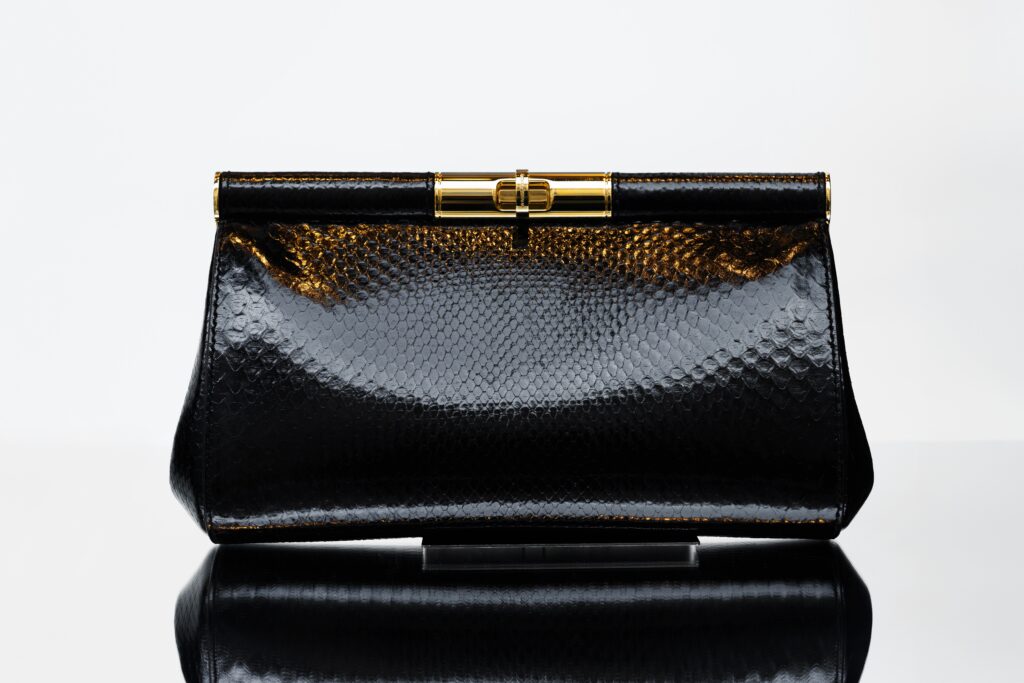
A clutch is a small, handheld bag without straps, typically used for formal or evening events. Its minimal size forces the user to carry only essentials like keys, lipstick, or a phone. Clutches often feature elegant embellishments or sleek designs.
Collectors see clutches as statement accessories. Though not practical for everyday use, they serve as striking additions to a handbag collection. Many designers release limited-edition clutches, making them highly sought after.
Bucket Bag
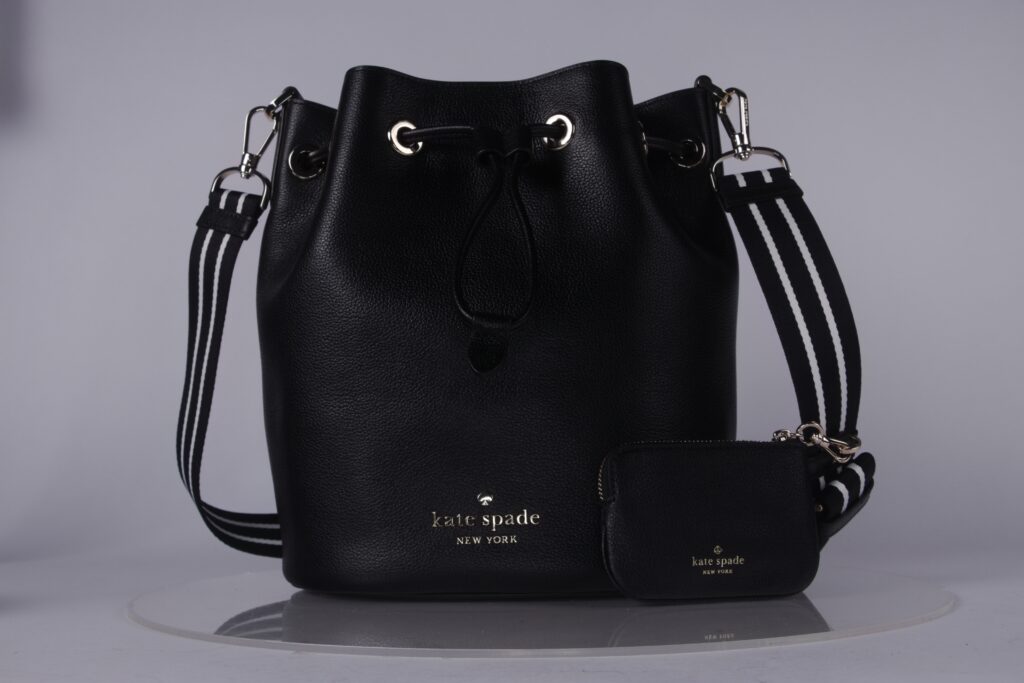
Bucket bags are cylindrical or rounded handbags with a drawstring closure. Their design is inspired by actual buckets, offering a roomy interior. This style has become a fashion staple, blending casual style with functionality.
Collectors appreciate bucket bags for their playful shape and versatility. They can be dressed up with luxe finishes or kept casual with canvas materials. Many designers reinvent this style season after season, making it a collector’s favorite.
Monogram
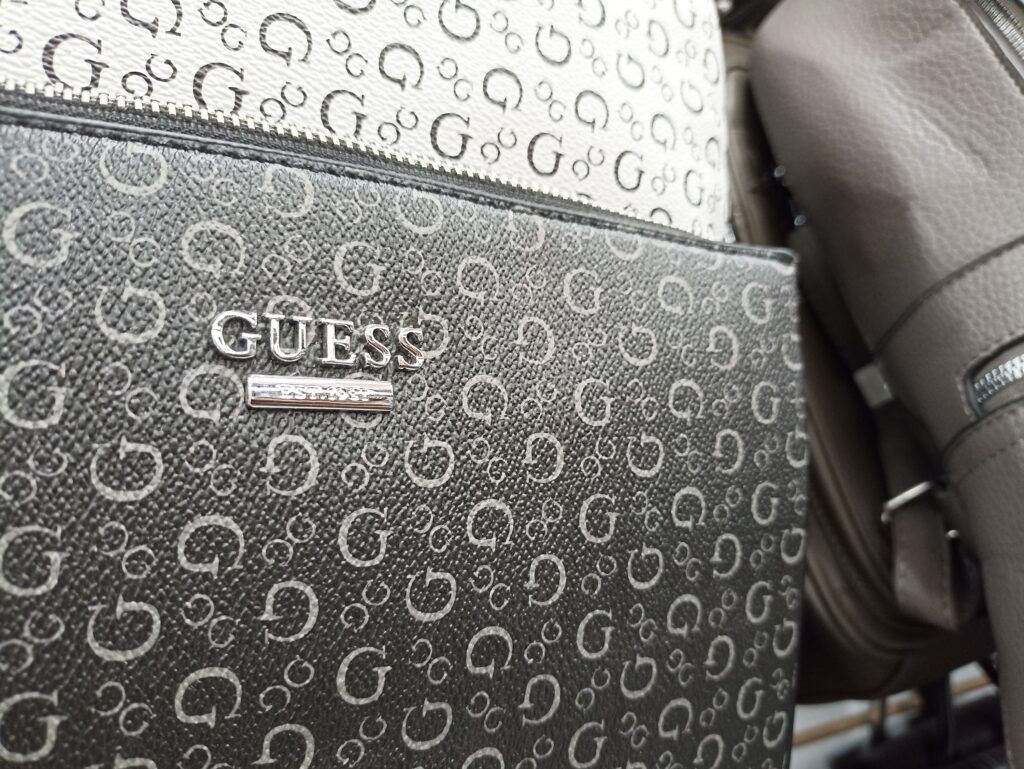
Monogram refers to a repeating logo or symbol pattern featured on a bag’s surface. Louis Vuitton’s LV print and Gucci’s GG canvas are among the most recognizable examples. For collectors, monogrammed bags often carry iconic status.
Some collectors enjoy the bold branding of monogram bags, while others prefer understated styles. Regardless, these patterns are deeply tied to a fashion house’s identity. Because of their history, monogrammed pieces often hold strong resale value.
Limited Edition
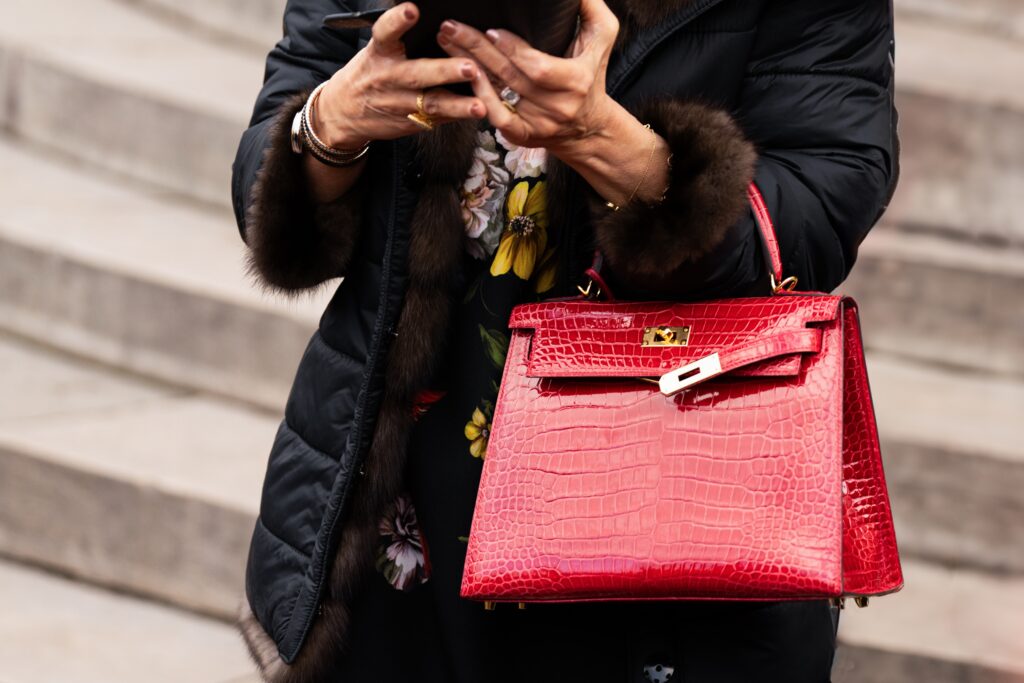
Limited edition bags are produced in small numbers or for a short time, often tied to collaborations or seasonal collections. Their scarcity makes them especially desirable. Many collectors see them as investment pieces.
These bags often come with unique features or designs not found in regular collections. Because they are harder to obtain, they frequently sell above retail in the resale market. Collectors value them for both rarity and prestige.
Preloved / Pre-Owned
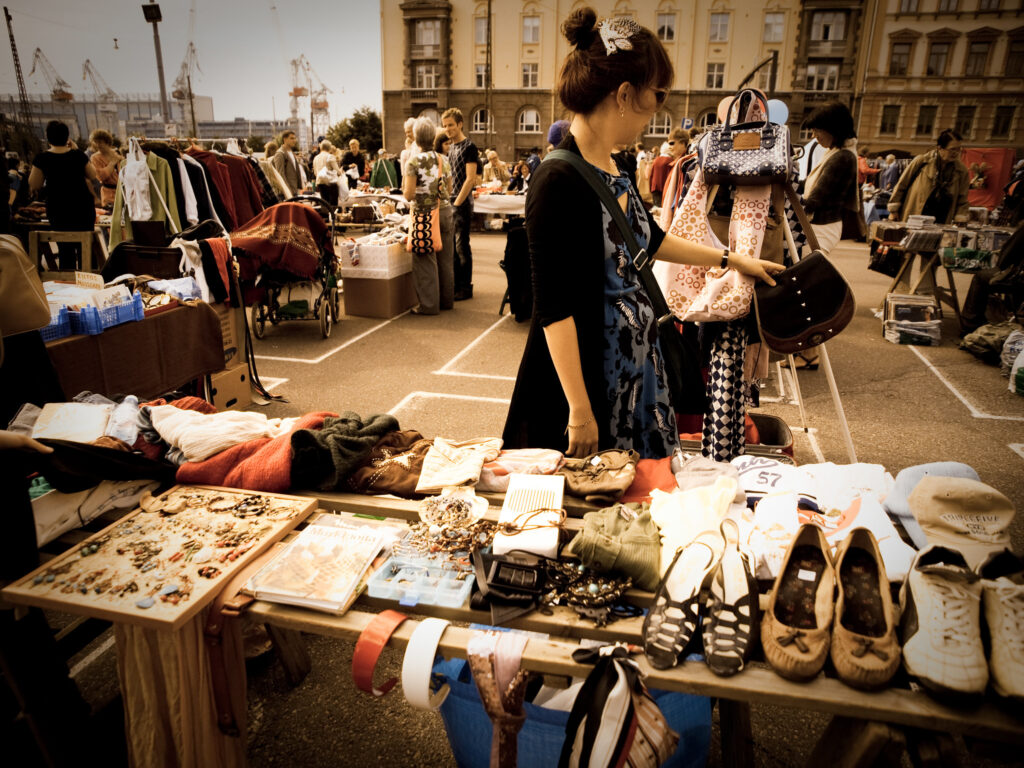
Preloved or pre-owned refers to handbags that have been previously used and are now part of the resale market. The condition of these bags can vary widely, from barely worn to heavily used. Collectors often turn to this market for rare or discontinued items.
Buying preloved requires knowledge of authentication and condition grading. Many trusted resale platforms specialize in luxury handbags, giving collectors a safe way to purchase. For some, the character of a preloved bag adds charm to their collection.
Authentication
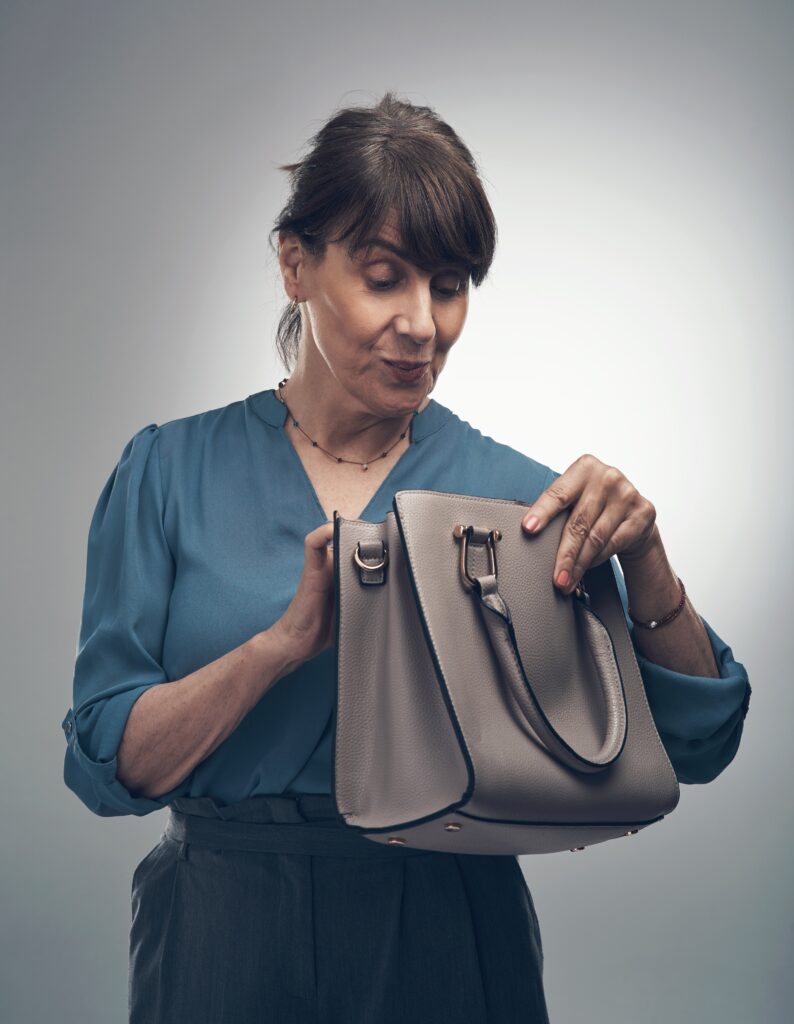
Authentication is the process of verifying a handbag’s authenticity. Experts examine details such as stitching, materials, hardware, and brand stamps to confirm if a bag is genuine. This step is vital in the luxury resale market.
Collectors rely on authentication to protect themselves from counterfeits. Some brands even offer their own authentication services, while independent companies also specialize in it. Without authentication, buyers risk investing in expensive replicas.
This article originally appeared on Avocadu.
